Do you need salt for a soft water dishwasher?
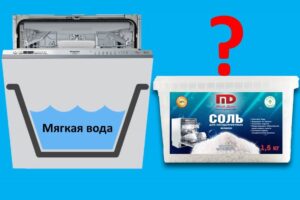 Basically, very hard water is common in Russian water supply systems, which in a short time contributes to the formation of plaque on plumbing fixtures, kettles and household appliances. However, in some cities of the country the water is so soft that you can not only use it for washing dishes and washing clothes without fear, but you can even drink it without boiling. Experts say that in such conditions, you don’t need to use dishwasher salt at all, because if you don’t need to soften the water, then you don’t need salt. Let's see how true this statement is.
Basically, very hard water is common in Russian water supply systems, which in a short time contributes to the formation of plaque on plumbing fixtures, kettles and household appliances. However, in some cities of the country the water is so soft that you can not only use it for washing dishes and washing clothes without fear, but you can even drink it without boiling. Experts say that in such conditions, you don’t need to use dishwasher salt at all, because if you don’t need to soften the water, then you don’t need salt. Let's see how true this statement is.
Is it possible to do without salt?
People who are lucky enough to live in areas with soft water often don't use regenerating dishwasher salt. But when experts advise against adding salt granules to soft water, they usually don't take into account the fact that the water is almost never the same quality throughout the year. Tap water most often becomes a little harder in summer and autumn than in spring, which must be taken into account for proper operation of the PMM.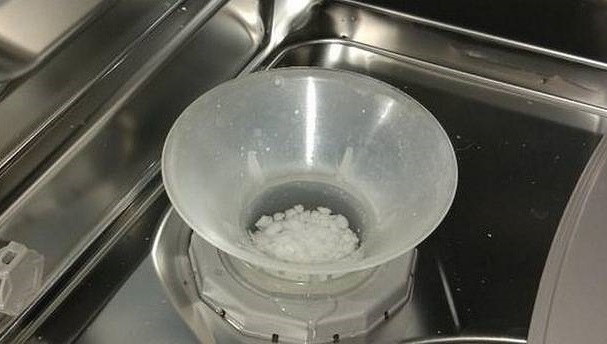
Errors in using dishwasher salt often arise due to the fact that the hardness of tap water is determined “by eye” instead of using special devices or test strips. Usually housewives simply examine the walls of the kettle and mixers for plaque, and if they don’t find it, then they don’t use salt for PMM. However, if it suddenly turns out that the water is still hard, then such treatment of the “household assistant” can eventually damage the ion exchanger, the replacement of which can be very expensive.
The most accurate data on the quality of tap water can be obtained even without special measurements - just look at the official website of the local water utility, where company employees are required to publish current data on water characteristics.
To save the ion exchanger, you can choose one of two options. You can regularly test the water quality in your tap water, taking measurements every 2-3 months, and if you have really soft water, then do not use salt. Or, just in case, you can add dishwasher salt, but set the hardness settings on the PMM to the minimum level so that the salt granules are not consumed much. It is the second way to solve the problem that experts advise so that the dishwasher lasts longer. And the main thing is that this option is not only safer, but also not much more expensive, because you can easily find inexpensive but high-quality dishwasher salt on the market.
How to replace special salt for PMM?
We decided that even if the water supply is soft, it is still better to use salt for PMM. However, after loading the salt granules into the salt hopper, be sure to change the hardness settings on the device to set the minimum product flow. However, this is not the only way to save on regenerating dishwasher salt, because it can be replaced with a cheap analogue.
Indeed, you don’t have to buy special expensive salt, but not everything is so simple. Ordinary table salt for household appliances is not suitable, since it has a worse degree of purification, it contains more impurities harmful to PMM, and the granules are too small. Because of all of the above, table salt can clog the ion exchanger valve and, instead of preserving the element, cause its breakdown.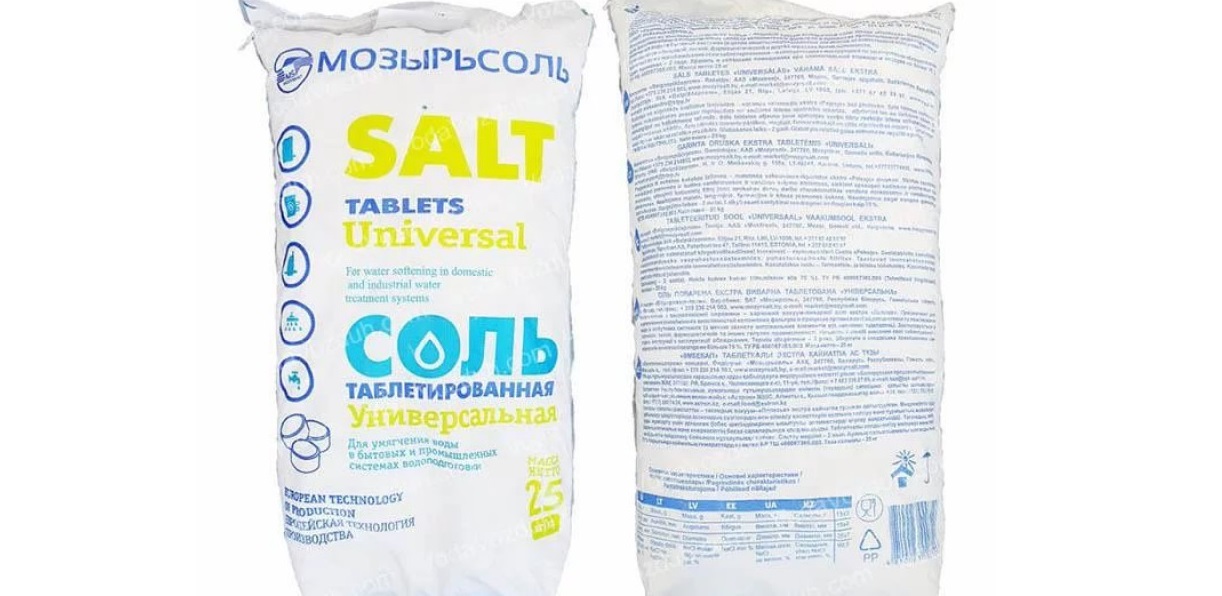
It is much better to use tableted salt, which is also used in water treatment plants. Its advantage is in the size of the packaging - salt is sold in bags of 5, 10 and 25 kilograms at once, as well as in the price, which exceeds the cost of ordinary salt by only 20-30 percent, remaining much cheaper than special salt for dishwashers. You can also buy it anywhere: products from the brands Mozyrsol, Ecosoft, Ecodar, Aquaphor, Geyser and others are freely sold in any hardware store.
What is salt used for?
The last misconception that needs to be cleared up is the purpose of dishwasher salt. Some equipment owners believe that salt helps wash dishes better. In fact, salt is needed by the filter, in which tap water is softened for further use. This element removes calcium and magnesium salts so that they do not later transform into scale on the heating element. Water softening occurs due to ion exchange, in which the ion exchange resin releases sodium into the water and takes away calcium and magnesium.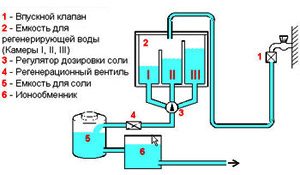
Problems can arise when the ion exchange resin is depleted in the container and then stops accepting hardness ions. To return this property, a saline solution is needed, which is prepared in the salt reservoir in the PMM. Dishwasher salt provides sodium to the resin, while the collected calcium and magnesium go down the drain. This procedure is carried out during each wash, which is why the ion exchanger is not in danger as long as there is salt in the tank.
Interesting:
Reader comments
- Share your opinion - leave a comment

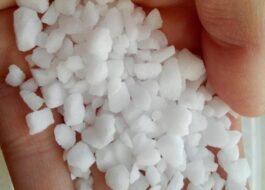
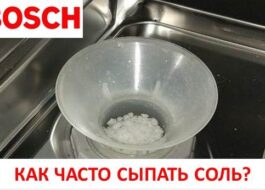



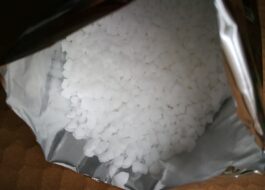














Add a comment